Rope Flow Beginners – 8-WEEKS TO FLUIDITY by Timothy Shieff
$99.00 $5.00
Rope Flow Beginners – 8-WEEKS TO FLUIDITY by Timothy Shieff – Digital Download!
Content Proof:
Rope Flow Beginners – 8-Weeks to Fluidity by Timothy Shieff
Rope flow is an innovative exercise system that integrates movement, rhythm, and mindfulness. It provides a pathway for improving physical fitness while simultaneously enhancing coordination, balance, and mental clarity. The program “8-Weeks to Fluidity,” created by Timothy Shieff, serves as a guiding beacon for individuals keen on mastering these essential skills. The course is tailored specifically for beginners, allowing participants to embark on a transformative journey over eight weeks, focusing on fluidity in movement through structured practice sessions.
With a philosophy that emphasizes enjoying the process of movement, Shieff has ingeniously broken down the complexities of rope flow into digestible stages. Each week introduces new concepts and techniques, steadily building upon the foundational principles of movement. Not only do participants engage physically, but they also experience mental enrichment as they learn to synchronize their movements. For anyone seeking to improve their overall well-being, “8-Weeks to Fluidity” serves as a vibrant entry point into the world of rope flow.
Overview of the 8-Weeks to Fluidity Program
The “8-Weeks to Fluidity” program, designed by Timothy Shieff, provides a structured approach for beginners to develop their rope flow skills. It takes participants through three critical stages, each targeting specific areas of improvement.
- Stage 1: In the first two weeks, the focus is on mobilizing the spine using the Figure-8 Infinity Pattern. This foundational stage emphasizes spinal mobility, which is crucial for effective movement in rope flow. The aim here is to enhance the range and ease of spinal movements, laying a strong core base for subsequent techniques.
- Stage 2: In weeks three through five, participants explore how movement and energy flow from the spine/core down through the arms, highlighting the connection between upper body strength and coordination. Various patterns and exercises are introduced, honing skills that are fundamental for executing complex rope flow techniques.
- Stage 3: The last three weeks integrate footwork, where learners discover how to coordinate their leg movements with their upper body movements. Drawing inspiration from disciplines like fencing and martial arts, this stage culminates in diverse footwork drills that add dynamism to rope flow practices.
Through these stages, participants engage with over 20 unique movement patterns, focusing on developing poise, balance, coordination, and efficiency. The program accommodates a range of lifestyles by requiring only 15-30 minutes of practice several times a week. Furthermore, it offers lifetime access to course materials, empowering individuals to continue their journey beyond the initial eight weeks.
Key Stages of Development
The structured progression offered in “8-Weeks to Fluidity” lays a strong foundation for beginners. Each of the three stages is meticulously crafted to enhance specific components of movement.
- Stage 1 – Mobilizing the Spine: Participants begin their journey by focusing on spinal mobility and flexibility through the Figure-8 Infinity Pattern. This stage acts like the roots of a tree establishing a strong foundation upon which further skills depend. It integrates gentle stretches and rotations to foster a greater range of motion, essential for effective rope movement.
- Stage 2 – Arms and Energy Transfer: Moving into the second stage, participants channel energy from their core into their arms. This phase integrates exercises designed to solidify arm strength and coordination, much like a conductor orchestrating a symphony. The aim is for the arms to work harmoniously with the core, enhancing overall performance in rope flow.
- Stage 3 – Connecting the Legs with the Upper Body: The final stage incorporates leg movements. Here, like the intricate dance of a flowing river, participants learn to connect their footwork to upper body movements, creating a seamless flow of energy throughout their entire body. This stage focuses on footwork drills that reinforce coordination and fluidity.
The program is accessible, designed to fit various schedules. By splitting the course into digestible stages, beginners can gradually build on their skills, continually making incremental progress toward fluidity in rope flow.
Unique Features of the Course
The “8-Weeks to Fluidity” course stands out for several unique features that enhance the learning experience:
- Three Staged Development: The course is segmented thoughtfully into three stages, each serving as a stepping stone to the next.
- Stage 1: Focuses on mobilizing the spine through the Figure-8 Infinity Pattern.
- Stage 2: Teaches how energy spirals from the spine/core down the arms, improving coordination.
- Stage 3: Integrates legs with the upper body for an immersive flow experience.
- Daily Commitment: Participants are only required to commit 15-30 minutes, three times a week. This flexibility promotes accessibility ideal for busy lives while still encouraging consistent practice.
- Lifetime Access: Upon enrollment, participants gain lifetime access to course materials, meaning they can return to previous stages for review or continue practicing advanced techniques at their own pace.
- Personal Coaching: The program features personalized guidance from Timothy Shieff, who shares his expertise in biomechanics and human movement, ensuring learners receive dedicated mentorship.
- Diverse Movement Patterns: Learners engage with over 20 unique rope flow patterns that not only enhance motor skills but also promote a sense of playfulness in movement.
- High-Quality Equipment: Participants receive access to specially designed ropes optimized for weight, thickness, and durability, significantly enhancing their practice experience.
- Holistic Approach: The course aims to improve coordination, balance, and movement efficiency, addressing both the physical and mental aspects of wellness.
By leveraging these unique features, “8-Weeks to Fluidity” encourages participants to engage deeply with each aspect of rope flow, guided by structured lessons and practical exercises.
Benefits of Rope Flow Practice
Engaging in rope flow offers a myriad of benefits that extend beyond mere physical improvement:
- Enhanced Movement Patterns: Rope flow emphasizes positive, harmonious patterns of movement, which result in improved physical capabilities and athletic performance.
- Therapeutic Effects: Many report therapeutic benefits from rope flow practice, such as reduced stress levels and improved overall well-being.
- Better Posture and Mobility: Regular practice contributes to improved posture and greater mobility, addressing chronic issues like back pain.
- Joy of Movement: Participants often express how rope flow invokes a sense of joy and freedom, aligning with the course philosophy that emphasizes enjoyment in physical expression.
- Structured Practice: The course provides clear structures for practice, alleviating confusion and ensuring effective training sessions.
Overall, the blend of physical and mental benefits provided by rope flow not only makes it an effective exercise regimen but also a holistic practice that nurtures overall growth.
Physical Benefits
The “8-Weeks to Fluidity” course emphasizes numerous physical benefits associated with regular rope flow practice:
- Mobility and Coordination: Rope flow enhances physical mobility by promoting coordinated movements, helping individuals improve their body mechanics significantly.
- Spinal Health: The practice utilizes patterns designed to stimulate spinal health, focusing on mobilization and flexibility.
- Improved Muscle Strength: Regular engagement in rope flow builds strength in various muscle groups, especially in the core, shoulders, and legs, leading to improved posture and fitness.
- Joint Health: As a low-impact form of exercise, rope flow is gentle on joints while actively engaging them, promoting better health and mobility even for those with prior injuries.
- Enhanced Circulation: The dynamic movements in rope flow stimulate blood flow, which is vital for recovery and overall health.
- Physical Rhythm and Timing: This practice improves the participant’s rhythm and timing in movements, areas often overlooked in traditional fitness routines.
By reinforcing these physical benefits, beginners will experience substantial changes in their movement quality and overall physical health.
Mental Benefits
Rope flow practice offers significant mental benefits that contribute to a well-rounded workout experience:
- Therapeutic and Meditative Effects: The rhythmic nature of rope flow acts as a form of meditation, focusing one’s thoughts and encouraging a reduction in stress and mental clutter.
- Enhanced Brain Function: Through neuroplasticity, the coordination and control challenges presented in rope flow can foster improvements in cognitive function.
- Increased Focus and Concentration: Participants develop a heightened ability to focus, improving their overall task performance.
- Joy and Playfulness: The playful aspect of rope flow enhances mental health by reconnecting individuals with their innate desire for movement and expression.
- Stress Relief: Engaging in rhythmic, flowing movements helps induce a state of flow, elevating mood and reducing anxiety levels.
Through these combined mental benefits, rope flow emerges as not just a physical exercise but a holistic practice enhancing overall well-being.
Common Mistakes by Beginners
While embarking on their rope flow journey, beginners commonly encounter several pitfalls that can impede progress:
- Poor Posture: Beginners often neglect the importance of proper posture, which is essential for preventing injury and ensuring effective movement.
- Lack of Core Engagement: Failing to engage the core effectively undermines stabilization during movements, reducing efficiency.
- Incorrect Timing: Beginners frequently struggle to synchronize arm and leg movements properly, leading to a disjointed flow experience.
- Over-Gripping the Rope: A tight grip on the rope can foster fatigue and restrict smooth, controlled movements.
- Skipping Stages of Learning: Beginners may rush through stages, inadvertently missing crucial foundational skills.
- Neglecting Footwork: Footwork is often undervalued; overlooking it can result in disconnected movements.
- Impatience with Progress: Newcomers often expect quick results and can become frustrated as they navigate the learning curve.
- Not Recording Progress: Failing to maintain a record of practice hinders one’s ability to identify areas for improvement.
Recognizing and addressing these common mistakes can facilitate a more fulfilling experience in the “8-Weeks to Fluidity” journey.
Identification of Frequent Errors
To enhance learning outcomes in rope flow, it’s crucial to identify frequent errors that beginners may encounter, affecting their success:
- Assumption of Movement Source: Many beginners wrongly believe the shoulders are the only body part involved in rope movement, instead of engaging their entire core and lower body.
- Inappropriate Rope Selection: Beginners may use basic or unsuitable ropes that hinder their practice. Transitioning to specialized ropes designed for this unique physical engagement is essential for maximizing training quality.
- Infrequent Practice: Consistency is crucial in developing muscle memory and skill refinement. Relying on sporadic practice hinders progress.
- Misunderstanding Body Mechanics: Grasping the basics of spine mobilization is vital; skipping this can lead to a shaky foundation moving into more advanced techniques.
- Ignoring Footwork: Over-focusing on arm movements at the expense of footwork can detract from an integrated flow experience.
Identifying these frequent errors, and addressing them through Timothy Shieff’s guidance in the course, can significantly enhance beginners’ skills and confidence in rope flow.
Solutions and Tips for Improvement
To address common mistakes and enhance performance in rope flow, beginners can utilize several helpful strategies:
- Whole Body Engagement: Practice using the full body to facilitate movement, not just the shoulders. Ensuring core and leg engagement leads to smoother, more controlled actions.
- Quality Equipment: Investing in specialized ropes enhances practice effectiveness. It’s crucial to choose a rope reflecting your height and strength for improved feedback during practice.
- Consistency in Practice: Build a routine by dedicating 15-30 minutes daily, three to five times weekly, to harness improvements and better skill retention.
- Understanding Body Mechanics: Focus on Stage 1; develop a solid foundation around spinal mobilization. This knowledge fosters better execution of subsequent stages.
- Emphasize Footwork: Regularly practice specific patterns that incorporate footwork. Combining logical sequences facilitates a deepened understanding of how movements interconnect.
Ultimately, these actionable solutions and tips provide beginners with the insights needed to refine their techniques and advance in rope flow progressively.
Course Structure and Schedule
The “8-Weeks to Fluidity” program is designed to gradually enhance rope flow skills through a well-structured course over eight weeks:
- Weeks 1 – 2: Mobilizing the Spine
- Focus on the Figure-8 Infinity Pattern, increasing spinal mobility and freedom.
- Weeks 3 – 5: Arm Dynamics
- Transition to exploring how energy transfers from the spine down through the arms, integrating various patterns that enhance coordination and strength.
- Weeks 6 – 8: Integrating the Legs
- Final focus on combining leg movements with upper body actions, culminating in complex sequences that embody the synchronized flow of rope flow.
Weekly Breakdown of Activities
Weekly Structure Overview:
Week Focus Area Key Activities Weeks 1-2 Spine Mobilization Figure-8 Infinity Patterns Weeks 3-5 Arm Dynamics Energy transfer exercises Weeks 6-8 Leg and Upper Body Integration Footwork drills and complex sequences
The course spans eight weeks, requiring participants to commit only 15-30 minutes a day. Each weekly segment emphasizes building upon what was previously learned, thus supporting gradual skill enhancement without overwhelming learners. The flexibility built into the program allows participants to adjust activities according to personal schedules while ensuring continual progression.
Time Commitment and Flexibility
The “8-Weeks to Fluidity” program promotes a manageable and flexible approach to training. Here’s a detailed breakdown of what beginners can expect in terms of time commitment and flexibility:
- Daily Practice: Participants are encouraged to dedicate 15-30 minutes a day, three or more days per week. This moderate approach allows for easy integration into personal schedules without overwhelming time demands.
- Flexibility in Scheduling: Participants can select days that suit their lifestyle, allowing for a balanced training routine that accommodates other commitments a major advantage for those managing busy lives.
- Content Repeatability: Each stage of the course is designed to be repeatable, allowing individuals to revisit earlier modules as needed. This flexibility empowers learners to master skills before progressing, ensuring a solid foundation.
Ultimately, the program’s structure cultivates consistent practice habits while embracing the need for personal adaptability, thereby making rope flow accessible to a wide range of individuals.
Equipment Needed
To maximize the effectiveness of practice, specific equipment is necessary for beginners:
- Rope:
- A specialized rope tailored for rope flow is highly recommended. These ropes are designed for optimal weight and durability, ensuring better feedback and control during movements.
- Adjustable Length:
- If using a standard rope, it’s important to adjust its length appropriately. The ends should typically reach the hip points or the bottom of the ribcage when standing in the center of the rope.
- Comfortable Attire:
- Practitioners should wear comfortable clothing that allows for unrestricted movement during practice sessions.
- Adequate Space:
- Finally, sufficient room to practice freely is essential. Participants should set aside a suitable area for moving without obstruction.
Having the appropriate equipment sets the stage for effective practice, facilitating greater engagement and enjoyment during training sessions.
Recommended Rope Types
Selecting the right rope is a cornerstone of successful rope flow practice. Here is a comparative look at various types of ropes recommended for beginners:
- Specialized Rope Flow Ropes:
- Weight: Optimized for fluid movement.
- Durability: Designed specifically for high-use scenarios found in rope flow disciplines.
- Grip: Provides better control during movements.
- Traditional Skipping Ropes:
- Use in Transition: Can be utilized by complete beginners but may hinder learning experiences compared to specialized ropes.
- Weight and Control: Often lighter and not built for complex maneuvers, leading to potential frustrations.
- DIY Ropes:
- Cost-effective: Made from materials at hand, but may not offer the feedback and fight necessary for effective training.
- Advisory Use Only: Once familiar with the fundamentals, participants should transition to specialized ropes to enhance their practice.
By using the appropriate ropes, beginners can cultivate better flow and control in their movements, leading to an enriched training experience during their rope flow journey.
Importance of Using Specialized Ropes
Utilizing specialized ropes during rope flow practice is crucial for several reasons:
- Design and Weight: Designed specifically for rope flow, specialized ropes are crafted to deliver the optimal balance of weight, thickness, and durability; to support fluid movement patterns that enhance practice.
- Facilitating Movement Patterns: The unique design of these ropes aids in executing complex movements more effectively. They are engineered for mobilizing the spine and encouraging rotational movements, crucial for the flow practice.
- Technique Development: Engaging with the right equipment fosters proper technique from the beginning, essential for avoiding bad habits and ensuring efficient learning.
- Feedback and Progress: Specialized ropes provide necessary feedback during movements, allowing practitioners to focus on fluidity and coordination, ultimately enhancing the rope flow experience.
- Long-term Benefits: Practicing with the correct ropes fosters a deeper understanding of one’s movement patterns, providing sustained improvements in mobility and athletic abilities.
In summary, investing in specialized ropes significantly amplifies the benefits of rope flow practice, providing participants with essential tools to develop and master the art of movement.
User Experiences and Testimonials
Feedback from participants in the “8-Weeks to Fluidity” course provides valuable insights into the training experience:
Positive Feedback from Participants
- Improved Movement and Flexibility:
- One participant highlighted the role of the course in improving flexibility and alleviating back pain. They emphasized how accessible and mindfully engaging the practice was.
- Rehabilitation Benefits:
- Another user, recovering from a shoulder injury, reported how just a few minutes of practice daily led to significant gains in comfort and range of motion.
- Enjoyable Exercise:
- Many participants noted how engaging and refreshing the movement patterns felt compared to their traditional workouts, which has made them more committed to consistent practice.
These testimonials reflect not only the effectiveness of the course but also its holistic approach, assisting participants in building movement skills while nurturing their overall well-being.
Negative Feedback and Challenges
While the program has largely received positive feedback, some challenges have emerged:
- Initial Learning Curve:
- Certain users faced difficulties mastering basic techniques at first, particularly when synchronizing movements correctly.
- Physical Demands:
- For individuals new to physical activities, the exercises may initially feel challenging, warranting gradual acclimatization to complex movements.
- Consistency Requirement:
- Some users found maintaining a consistent practice routine tricky, as they juggled with personal schedules and motivational fluctuations.
By acknowledging these challenges, the program can adjust to provide better support in areas needing more attention while enhancing overall learning efficacy for beginners.
Conclusion and Recommendations
The “8-Weeks to Fluidity” course by Timothy Shieff signifies a well-rounded entry point into rope flow practice, encompassing movement fundamentals that enhance both physical and mental well-being.
Suitability for Different Fitness Levels
- Beginners: Ideal for those new to physical training, offering structured learning from the ground up while adjusting the pace to suit individual progress.
- Intermediate and Advanced Practitioners: Those with a firmer grasp of movement may find value in honing their skills and achieving higher levels of fluidity and coordination.
Final Thoughts on the Course
By actively engaging with “8-Weeks to Fluidity,” participants can expect significant improvements in their posture, mobility, and overall physical health. Consistent practice with specialized ropes enriches the learning experience while addressing the holistic nature of well-being.
Recommendations:
- Commit to a Routine: Dedicate time daily for practice.
- Engagement in the Community: Share experiences and seek help from fellow course participants.
- Embrace Specialized Equipment: Investing in the right tools is crucial for enhancing movement quality.
- Track Progress: Setting goals and monitoring achievements creates a focused practice experience.
Overall, “8-Weeks to Fluidity” prepares participants to experience the joy of movement while cultivating a strong foundation in rope flow practices that contribute to a healthier lifestyle. The journey to fluidity is both transformative and fulfilling, setting the stage for continual growth.
Frequently Asked Questions:
Business Model Innovation: We use a group buying approach that enables users to split expenses and get discounted access to well-liked courses.
Despite worries regarding distribution strategies from content creators, this strategy helps people with low incomes.
Legal Aspects to Take into Account: Our operations’ legality entails several intricate considerations.
There are no explicit resale restrictions mentioned at the time of purchase, even though we do not have the course developers’ express consent to redistribute their content.
This uncertainty gives us the chance to offer reasonably priced instructional materials.
Quality Assurance: We guarantee that every course resource you buy is exactly the same as what the authors themselves are offering.
It’s crucial to realize, nevertheless, that we are not authorized suppliers. Therefore, the following are not included in our offerings:
– Live coaching sessions or calls with the course author.
– Entry to groups or portals that are only available to authors.
– Participation in closed forums.
– Straightforward email assistance from the writer or their group.
Our goal is to lower the barrier to education by providing these courses on our own, without the official channels’ premium services. We value your comprehension of our distinct methodology
Be the first to review “Rope Flow Beginners – 8-WEEKS TO FLUIDITY by Timothy Shieff” Cancel reply
You must be logged in to post a review.

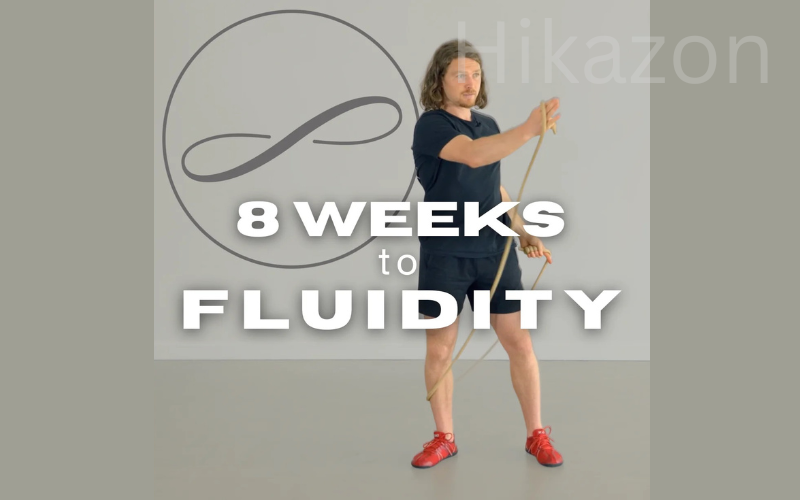
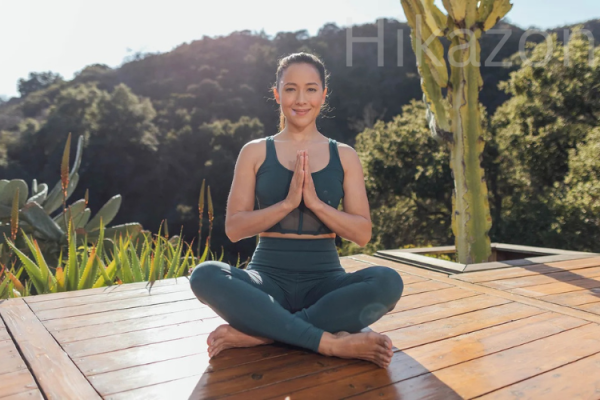

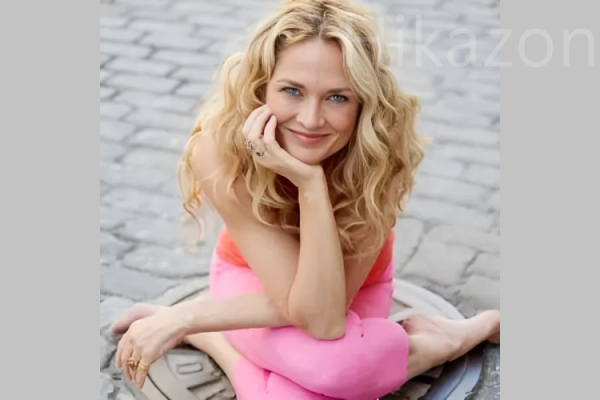
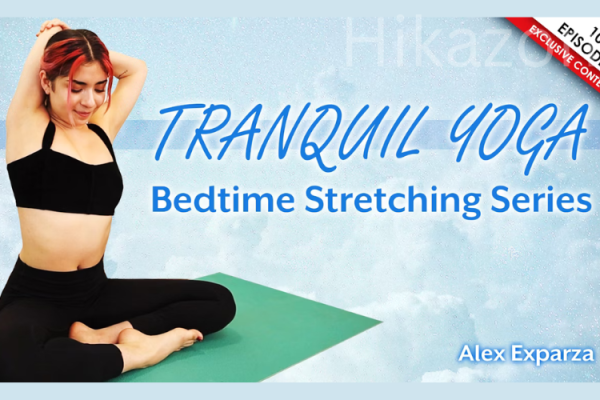



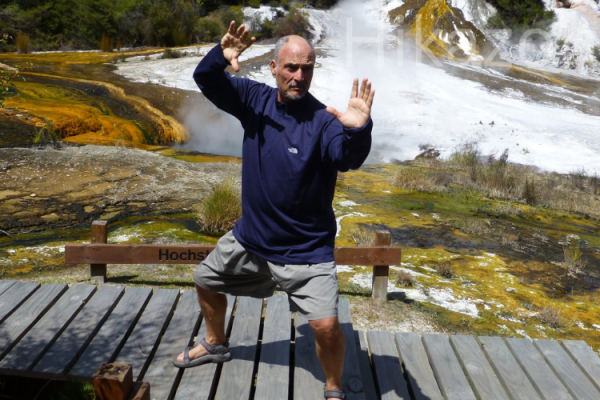
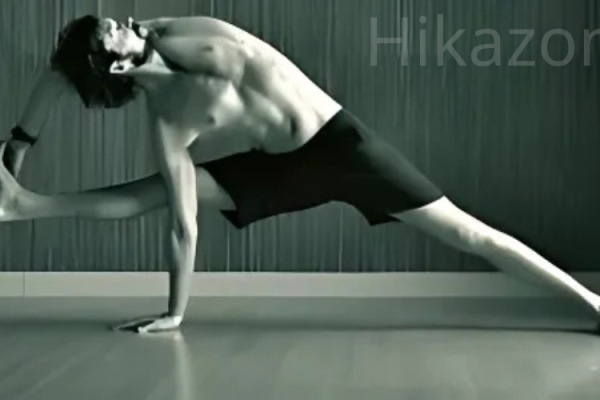
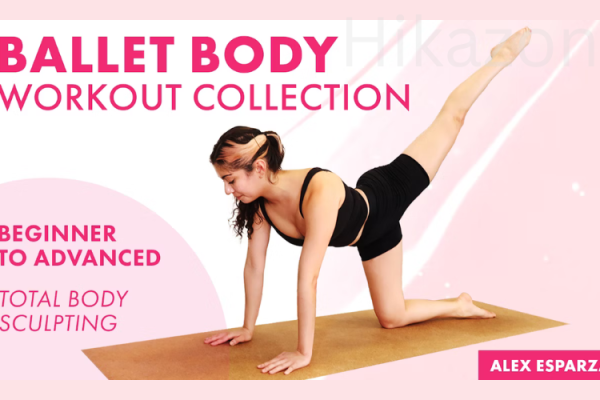

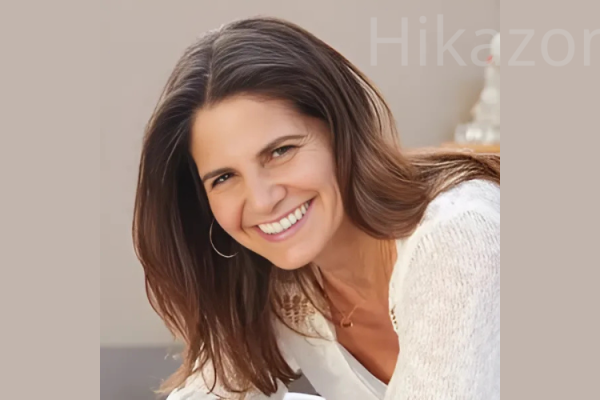
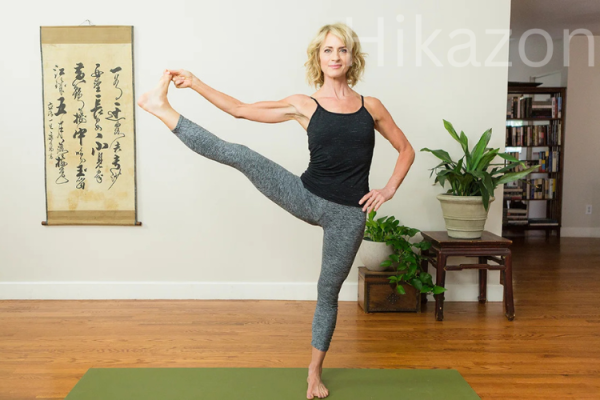

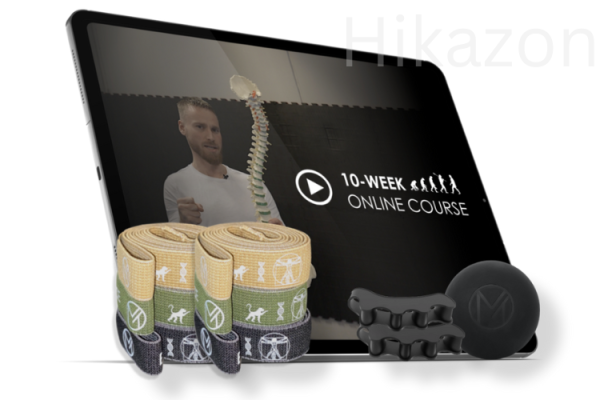
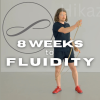
Reviews
There are no reviews yet.